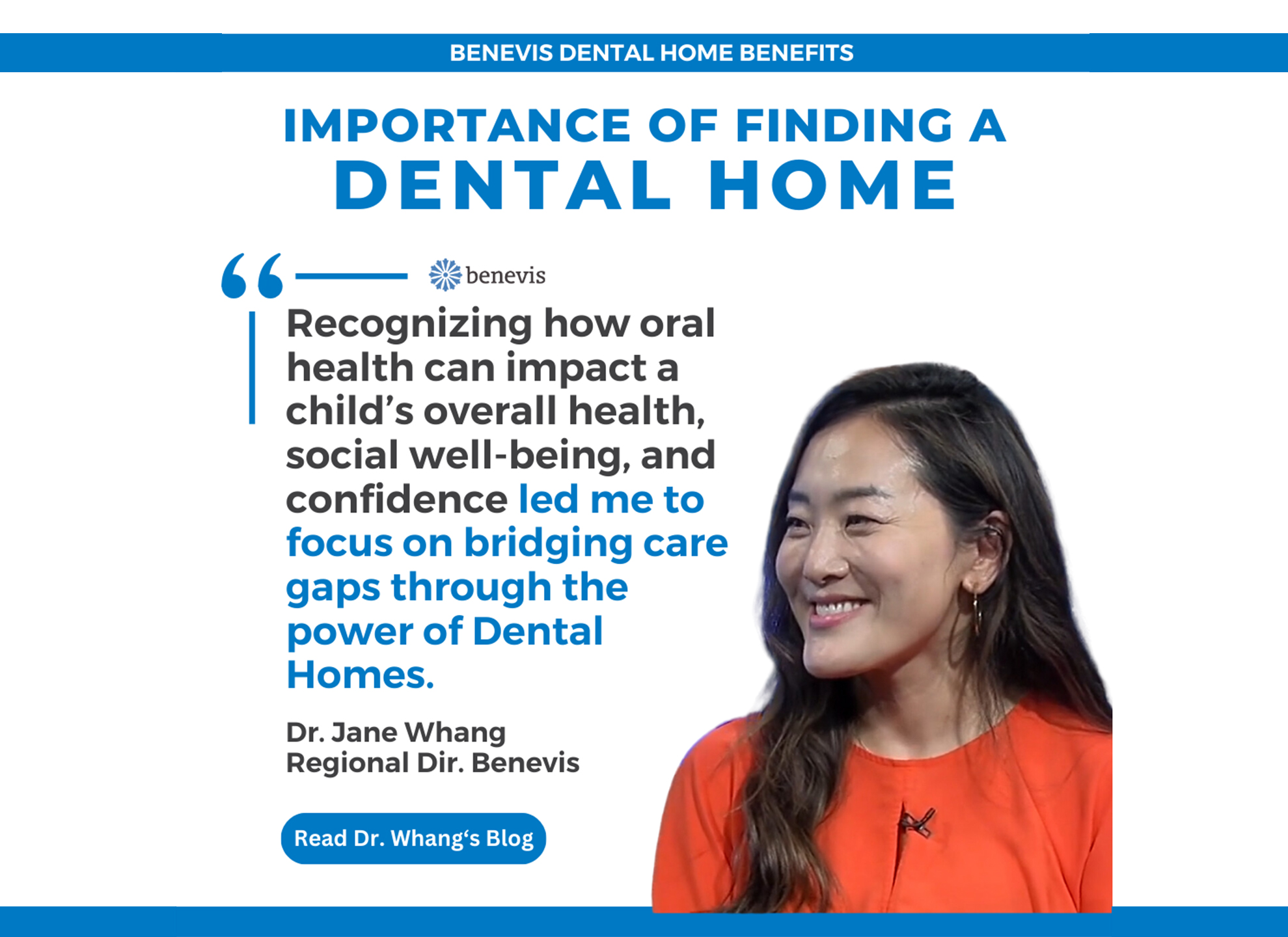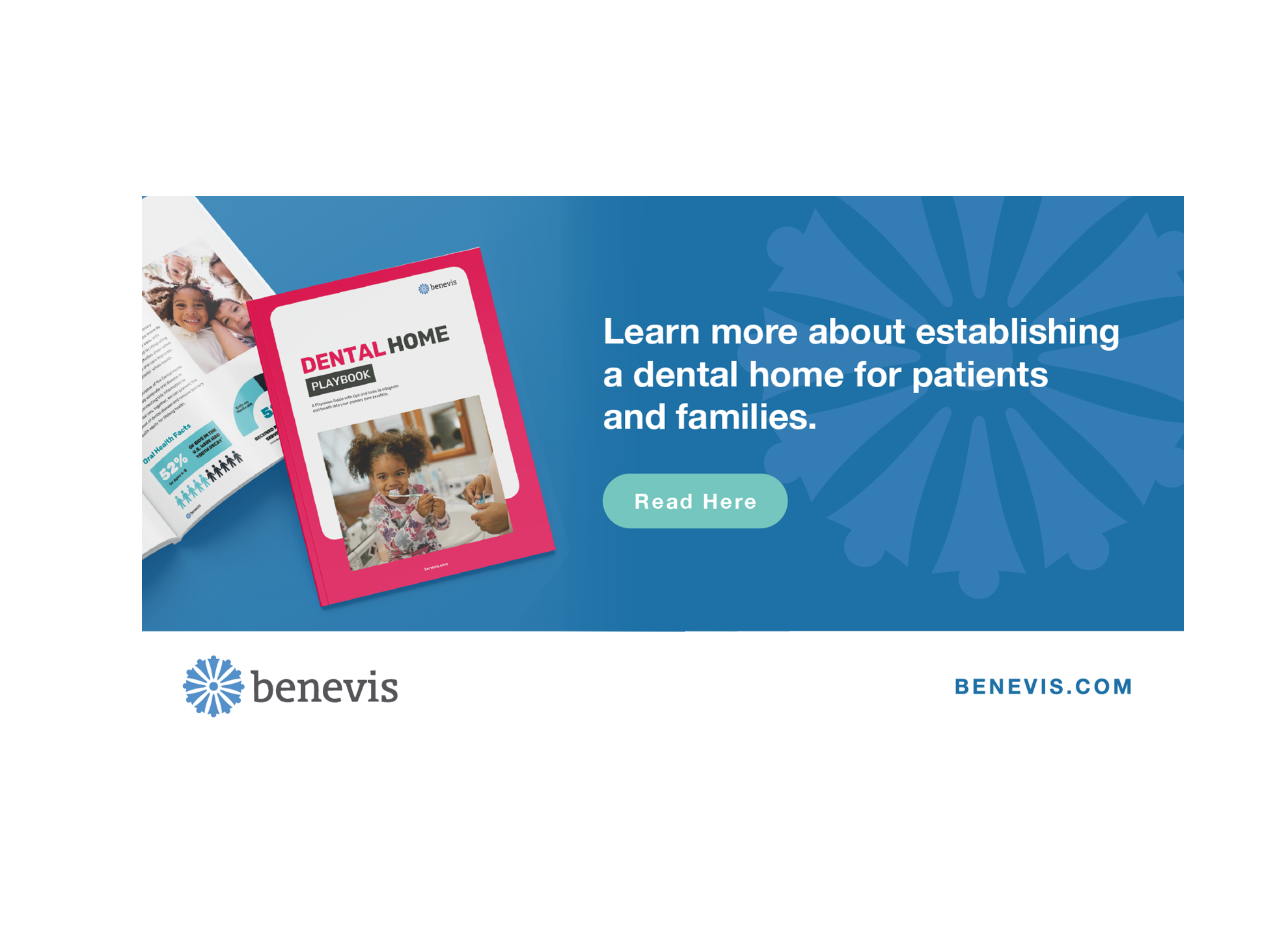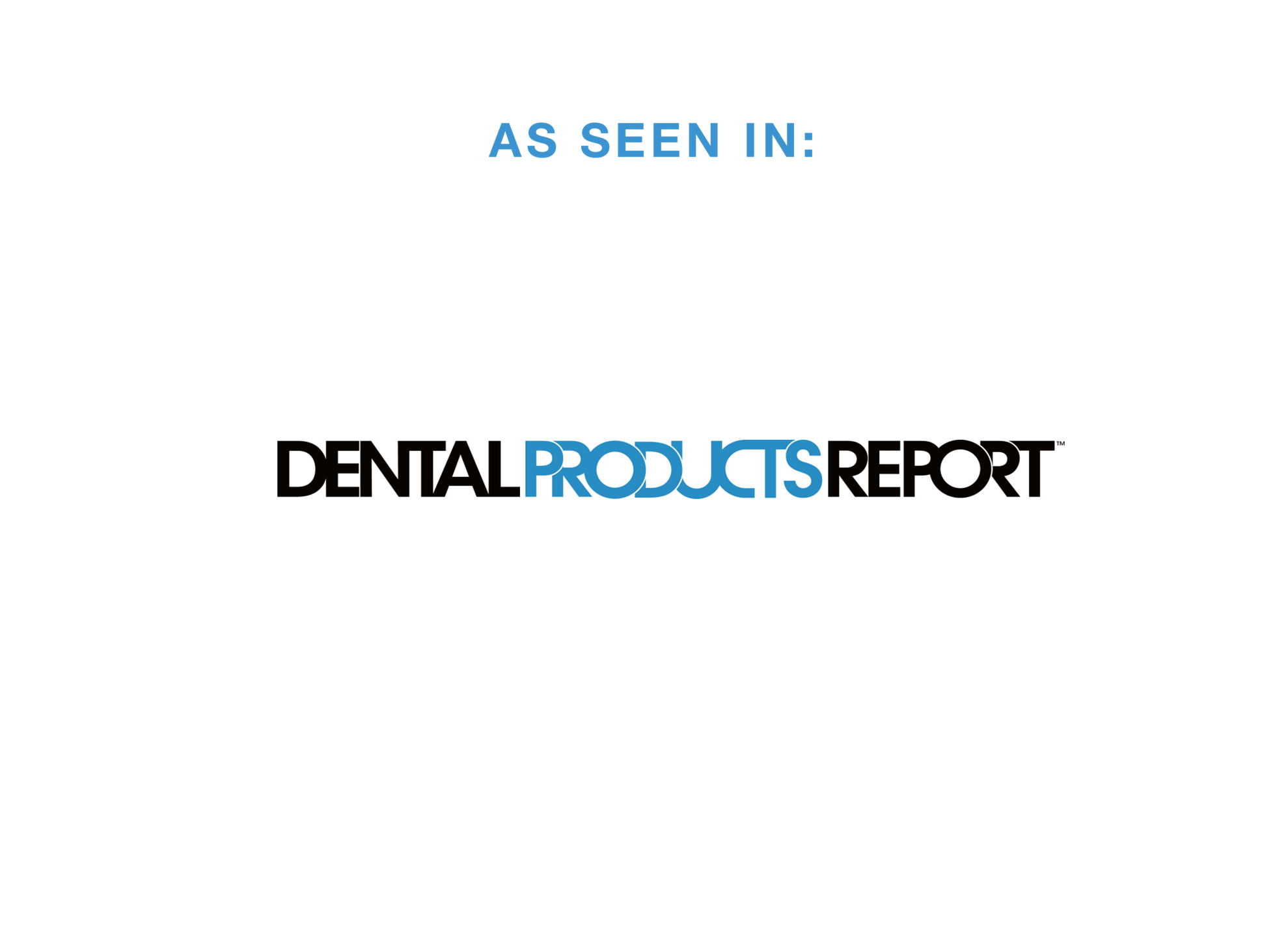Building Dental Homes and Bridging Care Gaps
In the U.S., there has been a long-standing care gap between healthcare providers and dentists, although research has proven oral health’s link and influence on overall health and well-being. This care gap is especially true for disadvantaged children with Medicaid and Children’s Health Insurance Programs (CHIP) coverage.
A child’s access to physical and oral healthcare varies significantly from a holistic standpoint. The median percentage of children from 12 months to 19 years old who have visited a primary care provider (PCP) ranges from 88 percent to 96 percent in 47 U.S. states, according to The Centers for Medicare and Medicaid Services, Medicaid and CHIP Health Care Quality Measures. Despite some states including dental services in Medicaid benefits, 52 percent of all eligible children still received no preventive dental service last year. Further, the Centers for Disease Control and Prevention states that oral conditions are frequently considered separate from other chronic conditions even though they are interrelated. Poor oral health is proven to be associated with other chronic diseases such as diabetes and heart disease.
To address whole body care, every child deserves access to routine oral care for preventive health needs or necessary dental interventions. That care begins with access to a dental home.
Bridging the Dental Health Gap
When families establish relationships with pediatricians, they should also determine a home for their child’s dental health needs. A dental home is an ongoing relationship a child or family forms with a dental provider, much like the one they have with their PCP. Through regular visits every six months following the arrival of a child’s first tooth, patients can receive preventive care to help reduce their risk of dental disease and establish a lifetime of healthy hygiene habits. The earlier in life this relationship starts, the better a child can learn about and receive preventive care benefits to help avoid oral disease.
To bridge the medical communities and improve the trajectory of dental health in America, healthcare providers, dentists, and hygienists must work together to set patients up for success. As partners, dental homes and primary care teams can educate children and their families about the significance of oral health on their overall health for well-coordinated care at every life stage. They will create a safe place where families can learn oral health’s link to overall health and how to care for their dental needs at every age.
This relationship is a win-win for patients’ whole health.
Making Dental Homes a Reality
For 20 years, Benevis has created access to affordable, high-quality dental care for children and families. We remain committed to breaking down the barriers to oral healthcare by establishing dental homes in disadvantaged communities across the country. At Benevis, we prioritize patient education to improve the oral health in communities across the nation. That work begins by collaborating with community-based healthcare providers. For 13 years, I have been a part of that journey, partnering with local healthcare providers in the Washington, D.C., area to deliver compassionate, hands-on care.
Taking a non-traditional path to dentistry by starting my career as a teacher in New York City has allowed me to be a different kind of dentist that focuses on working with children in need to create positive dental experiences. Recognizing the lack of equitable dental care access and how oral health can impact overall health and influence a child’s social well-being and confidence has led me to focus on bridging care gaps through the power of dental homes to address whole-body care.
To help primary care physicians and clinicians start their collaborative care journey, the Benevis Dental Home Playbook is a new resource with oral risk assessments and management tools, checklists, and helpful patient materials to support them in their daily practice. The Playbook will educate healthcare providers on the importance of helping patients establish a dental home for orthodontics and routine dental care.
By arming healthcare providers with this information, dentists and PCPs can help prevent oral disease in children and remove barriers to equitable care access for lifelong health. To check out the Playbook, click here.
By Dr. Jane Whang, Regional Director of Clinical for the East Region, Benevis.


